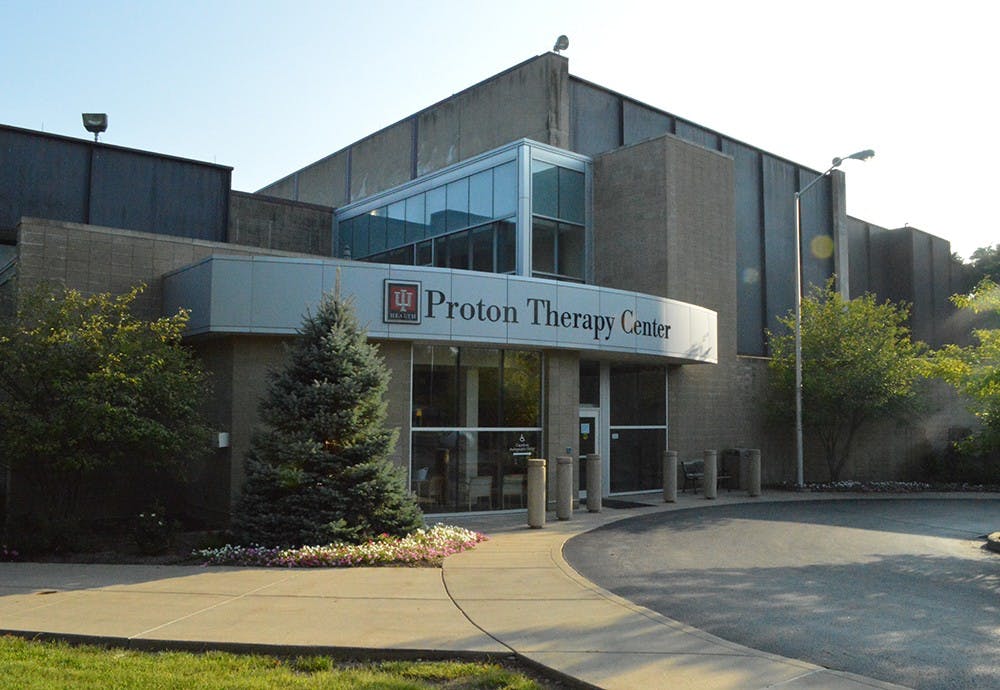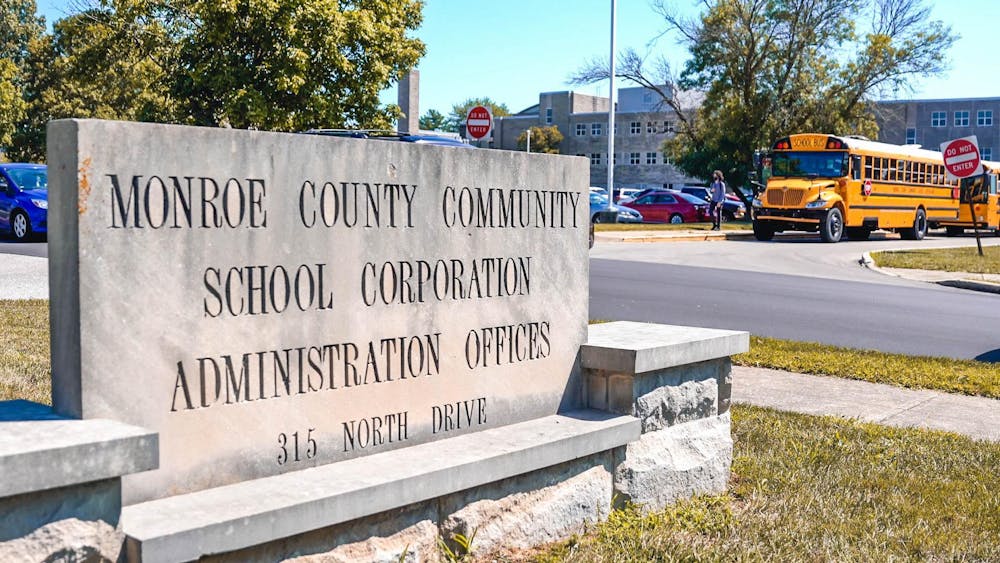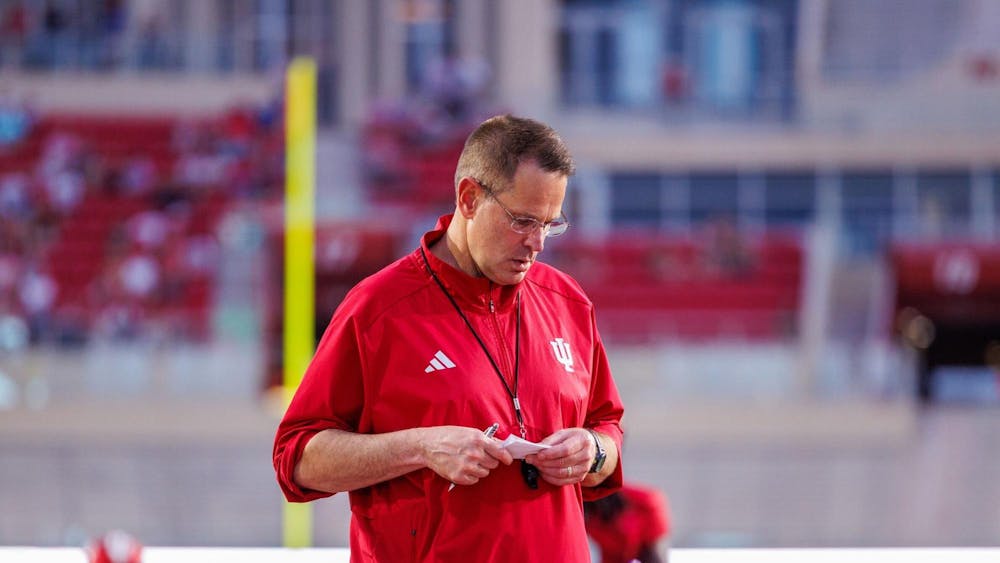Officials from the Monroe Hospital announced that they had filed for Chapter 11 bankruptcy Aug. 8.
Chapter 11 bankruptcy allows a debtor to maintain control of business operations and allows time for a business to restructure its debts.
Shortly after, the IU Health Proton Therapy Center announced it would close its doors by the end of the year.
George Telthorst, director of the Center for the Business of Life Sciences in the Kelley School of Business, said it’s a question of scale for these institutions.
The low patient volume that goes through these small health care facilities is not enough to keep the businesses afloat.
He said because of increasing cost pressures in the gross domestic product of the health care industry and the way the industry is currently structured, certain variables are creating more pressure to bring those costs down.
Gross domestic product is the monetary value of all goods and services within an industry or country.
“When there’s pressure like that, organizations in response try to become more efficient and also put in more rules, regulations and bureaucracy,” Telthorst said.
“Companies and hospital groups are consolidating so they can share their overhead across a wider base of facilities and negotiate better deals with suppliers and payers.”
Insurance companies are playing a vital role in the takedown of small health care.
The cost per patient is greater in smaller facilities, prompting insurers to hold out costs and steer clients to bigger locations by offering lower rates, he said.
In essence, consolidating and larger facilities are more likely to draw lower insurance rates, keeping consumer costs lower.
“You have the large hospitals saying, ‘I deserve this rate because I represent this many insured hospitals,’” Telthorst said. “The small hospitals can only represent a few people. It’s a competitive business.”
As the smaller health care facilities begin to decline, the larger facilities should still be able to keep up, Telthorst said in an email.
“Hopefully, some of the staff from the smaller hospitals will be added to the staff at the larger ones to have sufficient capacity,” he said.
He added that a bigger question might be whether the United States will have enough primary physicians to keep up with the number of people now becoming insured under the Affordable Care Act.
“Med schools are increasing classes, and more of general, simpler patient treatments and interactions will be with Physicians Assistants and different kinds of nurses to address the shortfall,” Telthorst said.
The Monroe Hospital owes more than $130 million and has been unable to pay rent for five or six years, CEO Joe Roche said.
In reference to the Monroe Hospital, which is currently seeking buyers and plans to continue its operations, Telthorst said he believes the facility should focus on specializing the way it does health care and bring one form of treatment to its patients.
“They cannot be all things to all people,” he said. “They need to specialize on certain procedures and/or patient types so they have more experience in these areas, and hence, have better outcomes and give potential patients confidence in better outcomes or have some higher level of service or a more comfortable patient experience.”
But specialization might not be enough. The IU Health Proton Therapy Center is a specialized small healthcare facility also experiencing financial difficulty.
The center is used primarily to treat various kinds of cancer.
With nearly 40 years of research and a proton radiation delivery system, officials at the facility are able to send focused doses of radiation to cancer cells without damaging surrounding tissue.
This is particularly important when treating cancer in the brain because the surrounding healthy tissue is vital.
“The economics are just going the wrong way,” IU spokesperson Mark Land said.
The thought behind the treatment was that it would become widely used, Land said. But because of its high cost, other services became better alternatives.
He also said the center has less expensive competitors, and this is bringing patient volume down.
The facility has never experienced a positive margin and has lost an excess of $40 million since its startup, Land said.
The center will shut down by Jan. 1, 2015, and intends to give its remaining 30 patients full treatment before then.
Nearly 120 employees at the Proton Therapy Center and the Cyclotron, which will be closing by extension, will lose their jobs.
Land said the University will do its best to place these people in new jobs within six weeks.
Those who are not placed into new jobs will receive a severance package based on the time they have spent with the ?facilities.
“We would like people to know that this has nothing to do with the quality of work the employees have put in at the Proton Therapy Center and Cyclotron,” Land said. “There’s just no easy way to do something like this.”






